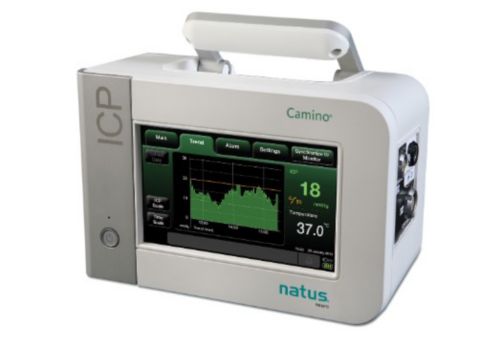Menu
Close
Back
Welcome to
Together is a new resource for anyone affected by pediatric cancer - patients and their parents, family members, and friends.
Learn MoreAn intracranial pressure monitor is a device that can keep track of pressure inside the skull and brain temperature. A doctor will carefully place a catheter in your child’s skull that will attach to the monitor.
Your child might have increased intracranial pressure (ICP) if there was:
Increased ICP can lead to serious health problems, including long-term brain damage, coma, or even death. To avoid serious health problems, the care team might connect your child to an ICP monitor. The ICP monitor is connected to your child from a tube that goes inside your child's skull. This tube attaches to the ICP, and the pressure is monitored constantly.
When you are in the Intensive Care Unit and your child has an ICP monitor, the care team often wants minimal stimulation as this can increase the intracranial pressure. Minimal stimulation may include:
Minimal stimulation allows time for the brain to heal.

The Camino ICP monitor is pictured above. You may see this device in the ICU.
If you have questions about intracranial pressure or an ICP monitor, speak with your child’s care team.
—
Reviewed: August 2022